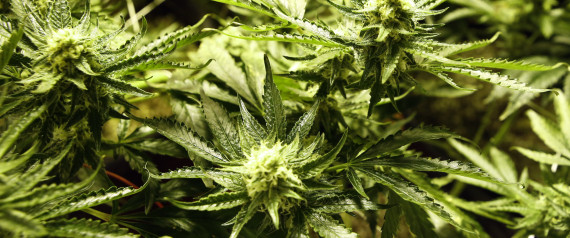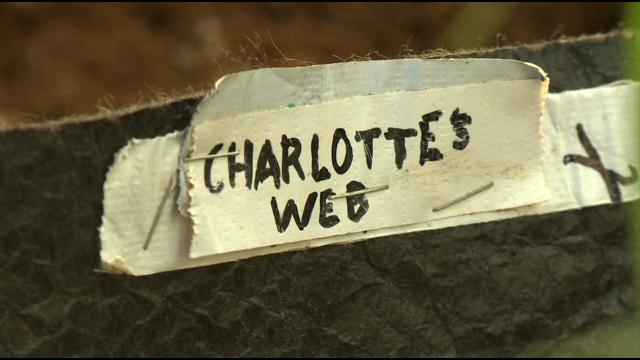
“But the U.S. government won’t let scientists try out this promising treatment on humans… proving that an illegal drug can stop a deadly disease in humans—without testing it on them—is impossible…
THC is one of 500 active ingredients in marijuana. And marijuana, despite many studies proving its medical value, is sill classified by the government as a Schedule 1 Substance.
In the face of mounting evidence that it is beneficial in treating diseases… it remains a controlled substance.
During HIV infection, one of the earliest effects is that the virus spreads rapidly throughout the body and kills a significant part of cells in the gut and intestine. This activity damages the gut in a way that allows the HIV to leak through the cell wall of the intestines and into the bloodstream.
When THC is introduced into this environment, it activates the CB2 receptors in the intestines to build new, healthy bacterial cells that block the virus from leaking through the cell walls. In other words, the body works hard to keep bad stuff in the intestines and the good stuff out.
Put another way: HIV kills the cells that protect the walls— THC brings them back. Reducing the amount of the virus in the lower intestines could then help keep uninfected people uninfected.”
More: http://www.thedailybeast.com/articles/2014/02/15/weed-can-block-h-i-v-s-spread-no-seriously.html



 “Marijuana has long been used to effectively treat symptoms associated with HIV, such as chronic pain and weight loss. But a growing body of research suggests the plant may be able to stop the spread of the disease itself.”
“Marijuana has long been used to effectively treat symptoms associated with HIV, such as chronic pain and weight loss. But a growing body of research suggests the plant may be able to stop the spread of the disease itself.”